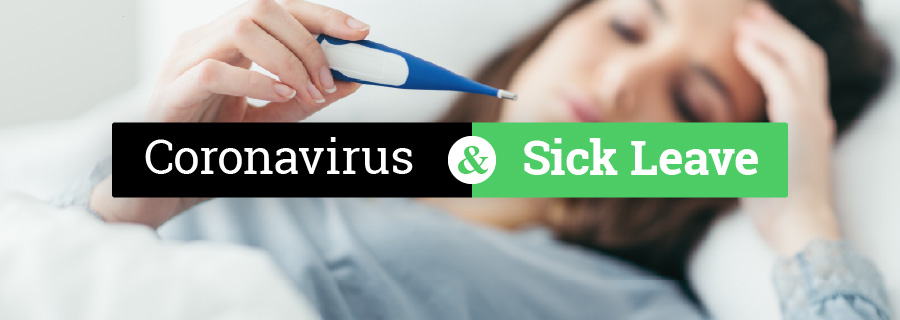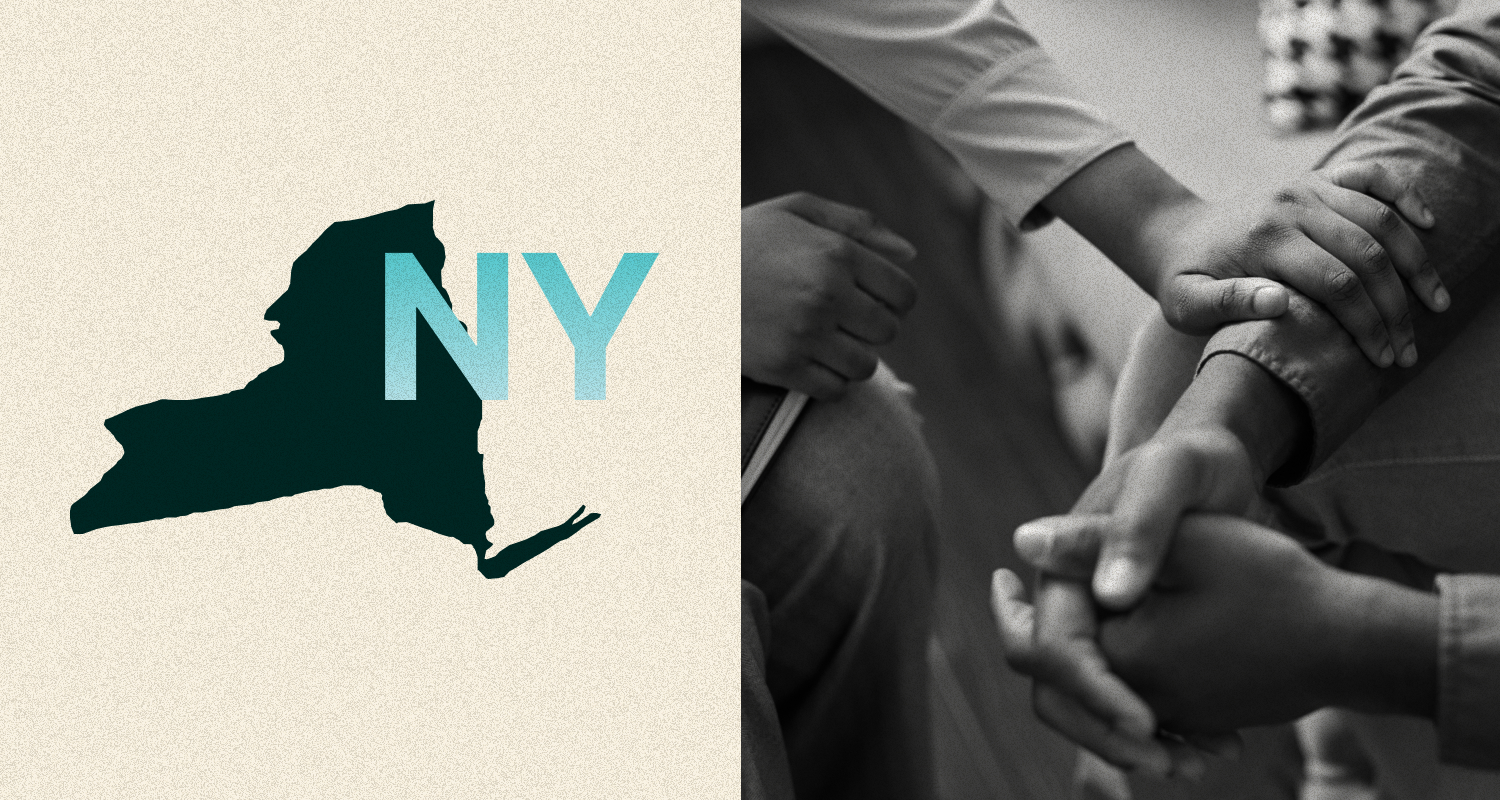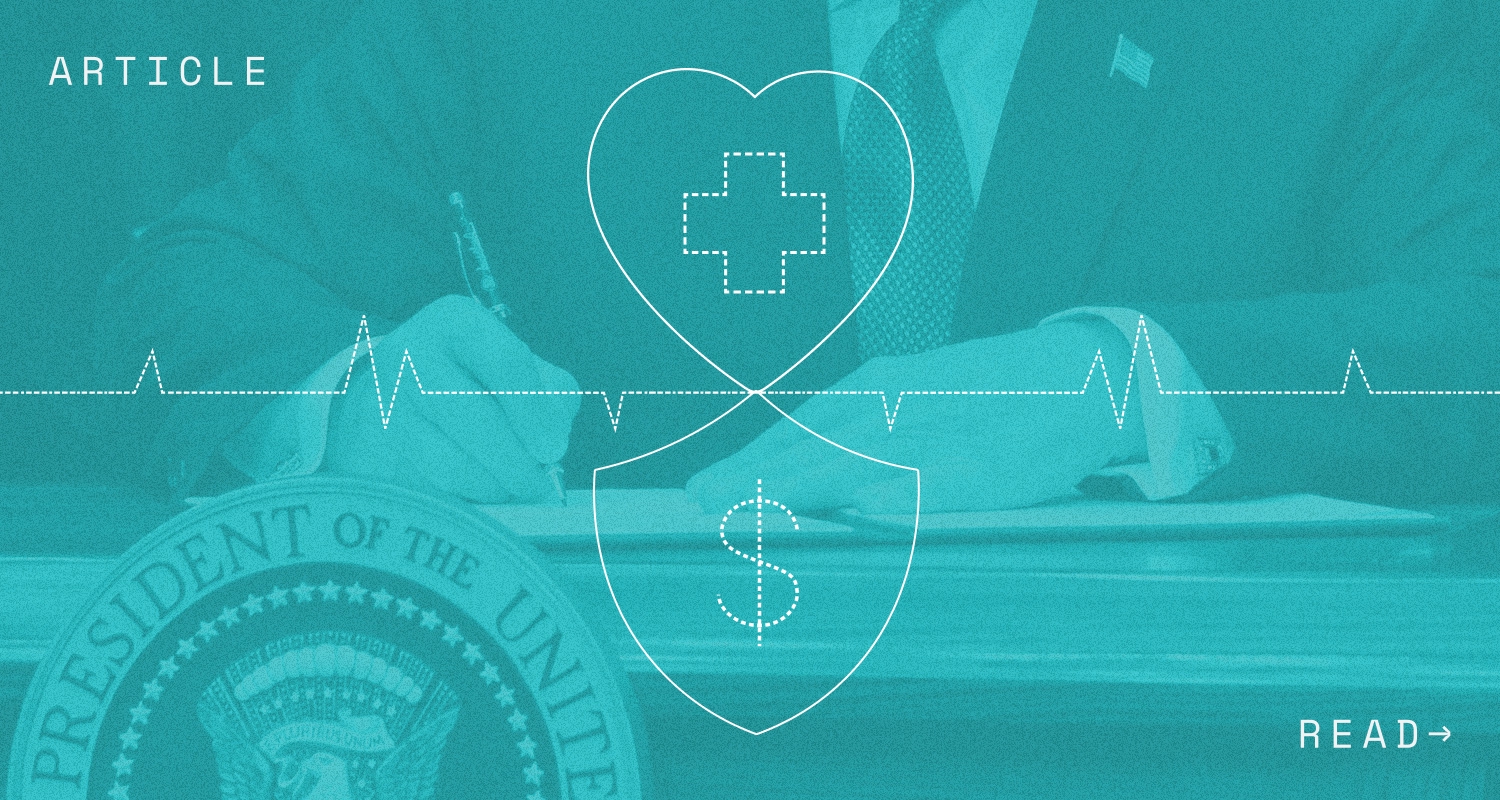UPDATED APRIL 7, 2020 – Our compliance team continues to monitor this legislation (and any additional released guidance) closely and will update this article accordingly as we learn more.
On March 18, 2020, New York Gov. Andrew Cuomo enacted Senate Bill 9081 (the Act) providing immediate job-protected sick leave and assistance to New Yorkers impacted by COVID-19. Effective immediately, employers are now required to provide paid sick leave to any “employee who is subject to a mandatory or precautionary order of quarantine or isolation issued by the state of New York, the department of health, local board of health, or governmental entity duly authorized to issue such order to COVID-19.”
On March 25, 2020, New York State published Frequently Asked Questions (FAQs) and other guidance on the Act and associated expansions of New York’s Paid Family Leave Law (PFL) and Disability Benefits Law. In addition, the state has issued guidance attempting to clarify how employees may obtain an order of quarantine or isolation for purposes of qualifying for benefits under the Act.
This article provides a summary and key highlights of what we know so far:
Which Employers are Covered?
This law applies to all employers with any employees working in New York and protections are based on employer size and net income. Employers must provide the following until the termination of any mandatory or precautionary quarantine or isolation order due to COVID-19:
- Employers with 100 or more employees as of January 1, 2020 (and all public employers) must provide 14 days of paid sick leave;
- Employers with between 11 and 99 employees as of January 1, 2020, and a net income greater than $1 million, must provide 5 days of paid sick leave and provide access to New York Paid Family Leave (PFL) and short-term disability (TDI) benefits after 5 days of paid sick leave.;
- Employers with 10 or fewer employees as of January 1, 2020, and a 2019 net income greater than $1 million, must provide 5 days of paid sick leave and provide access to PFL and TDI benefits after 5 days of paid sick leave.
- Employers with 10 or fewer employees, and a net income of less than $1 million, must provide their employees with access to PFL and TDI benefits, and must provide unpaid sick leave and any other benefit as provided by any other provision of law to an employee under quarantine, but they have no obligation to provide paid leave under this law.
The FAQs released so far do not address how an employer’s size should be calculated for the purpose of determining how much leave employees are entitled to; however, a representative at the NY Paid Family Leave Hotline advised that the employer’s size should be determined by counting an employer’s total number of employees, not just the employees working in New York.
Which Employees are Covered?
Employees subject to a qualifying quarantine or isolation order who are not able to telework during the period of the order are eligible to take job-protected leave under the Act.
Employees who are otherwise eligible for PFL in the normal course (regardless of employer size) may also apply for PFL benefits if they require leave to provide care for a minor dependent child of the employee who is subject to a qualifying quarantine or isolation order. These benefits will be available at the same rate as PFL taken for other covered reasons (in 2020, the PFL benefit is 60% of an employee’s average weekly wage, up to a maximum weekly benefit of $840.70).
Which Employees are Exempt from COVID-19 Paid Sick Leave?
The law outlines exemptions from its paid sick leave requirements. An employee is not entitled to any job-protected paid sick leave under this law if the employee:
- Is asymptomatic or has not yet been diagnosed with any medical condition and is physically able to work while under a mandatory quarantine through remote access or other means;
- is subject to quarantine because the employee returned from non-business travel to the United States after traveling to a country for which the Center of Disease Control (CDC) has issued a level 2 or 3 health notice and the employee was provided notice of the CDC travel health notice and limitations of the law prior to travel.
It should be noted that employees in these situations may still be eligible for paid leave under the Families First Coronavirus Response Act (FFCRA) or under an employer’s existing leave policies. For more on the FFCRA see our blog post.
Is the Number of Paid Sick Days Provided Based on Calendar Days?
The FAQs released clarify that the number of paid sick days that must be provided under the Act is based on calendar days. This means that employees should be paid in the amount they would have otherwise received during the covered calendar days at their regular rate of pay for the applicable leave period. In addition, the paid sick leave payments are subject to the “frequency of pay” requirements of Section 191 of the New York Labor Law, and leave payments should be made in the paycheck for the applicable pay period for the leave.
How Does the New Law Extend the Definition of “Disability” and “Family leave”?
The Act expands the scope of certain existing terms that appear in New York’s Workers Compensation law (NY WC law) and New York Paid Family Leave (NY PFL) to specifically cover employees impacted by COVID-19.
- The term “disability” will now include “any inability of an employee to perform the regular duties of his or her employment … as a result of a mandatory or precautionary order of quarantine or isolation issued by the state.” This means that, an employee subject to a quarantine or isolation order will be able to apply for the disability expansion when they have exhausted all paid sick leave provided by the employer pursuant to the Act. The Act also eliminates the seven-day waiting period to collect disability benefits for these purposes.
- The definition of the term “family leave”, under New York’s Paid Family Leave Law (NY PFL), will now include “any leave taken by an employee from work when an employee is subject to a mandatory or precautionary order of quarantine or isolation issued by the state” or “to provide care for a minor dependent child of the employee who is subject” to such order. In addition, the New York Workers Compensation Board has adopted an amendment to clarify that employees may take family leave to care for a family member diagnosed with the COVID-19 virus as a serious health condition (the amendment is to section 355.9 of Title 12 NYCRR). Please visit our blog for additional information about the NY PFL program. program.
Under the Act, an employee may receive benefits under NY PFL and short-term disability (TDI) concurrently (something which has not previously been permitted). Therefore, employees will be able to earn a weekly maximum of $840.70 in NY PFL benefits and $2,043.95 in disability benefits.
Do Employees Need to Apply for Leave Benefits Under the Act?
Employees do not have to apply for sick leave available under the Act, as employers are required to provide the leave upon request.
When applicable, employees that exhaust sick leave under the Act (or other accrued leave provided by their employer) must apply for PFL and disability benefits to cover the remainder of their quarantine period. In order to apply for PFL/disability benefits, employees must submit to the insurance carrier a COVID-19 specific application (Request for COVID-19 Quarantine DB/PFL-Self or Request for COVID-19 Quarantine PFL-Child) and include the order of quarantine or isolation no later than 30 days from the employee’s first day of leave to avoid losing benefits. The employer’s insurance carrier must pay or deny these benefits within 18 calendar days of receiving the employee’s completed request for benefits.
Are Employees That Voluntarily Quarantine Eligible for Benefits?
The guidance released confirms that leave and expanded access to PFL and disability benefits under the Act is narrow and does not cover all COVID-19 related reasons. As previously discussed, the leave only applies to “employees affected by COVID-19 who are subject to mandatory or precautionary orders of quarantine or isolation.” An order, either mandatory or precautionary, issued by the relevant government authorities is a prerequisite for the leave benefits. Employees who decide to independently quarantine are not eligible for leave or expanded benefits under the Act.
Is Leave Under the Act Available Retroactively?
Employees may take leave under the Act if they are still currently under an order of mandatory or precautionary quarantine or order of isolation issued by the State, department of health, local board of health, or government entity even if that order was issued prior to the enactment of the COVID-19 quarantine leave (March 18, 2020).
Are Employees Eligible for Benefits in the Event an Employer Temporarily Closes or Goes Out of Business?
No. Employees of employers that temporarily close or go out of business due to COVID-19 are not eligible for benefits under the new law but may be eligible for unemployment insurance benefits.
Does the Law Require Job Restoration?
Employees returning from a leave covered by the Act must be restored to the position they held prior to taking the leave with the same pay and other terms of employment.
Does the Act outline any restrictions on employers?
The law prohibits employers from deducting an employee’s accrued sick leave and makes clear that sick leave required by the Act must be provided on top of any other sick leave already provided by an employer.
The Act also prohibits discrimination or retaliation based on any employee’s taking of or requesting a leave.
How does this overlap with the Federal Families First Coronavirus Response Act or other Local Sick Leave Laws?
The law provides that, to the extent any provisions overlap with any federal law, the federal law shall apply, provided that if the provisions of New York law provide benefits in excess of federal law then employees will be able to claim such additional sick leave or benefits in the amount of such difference. Similarly, employers would remain subject to local sick leave ordinances (such as those in New York City) that meet or exceed the requirements of the New York State quarantine leave law.
Given that the Families First Coronavirus Response Act (FFCRA) does not apply to employers with more than 500 employees, this Act will apply to New York employers who are not covered by the FFCRA and those employers should be prepared to comply. For more information about the FFCRA please visit our blog post.
Employer Considerations:
Given that this emergency legislation is immediately effective, New York employers should consider the following as soon as possible:
- Consider how the law supplements existing leave of absence, sick leave, and PTO policies;
- Communicate to employees about the availability of COVID-19 related quarantine/isolation leave;
- Become aware of overlapping statutory leave requirements that may apply;
- Document and account for sick leave entitlements from a financial perspective.
Additional Resources:
Request for COVID-19 Quarantine DB/PFL – Self (Forms PFL-1 & SCOVID19)
Request for COVID-19 Quarantine PFL – Child (Forms PFL-1 & CCOVID19)
New York paid family leave helpline: +1 844 337 6303
The information and materials on this blog are provided for informational purposes only and are not intended to constitute legal or tax advice. Information provided in this blog may not reflect the most current legal developments and may vary by jurisdiction. The content on this blog is for general informational purposes only and does not apply to any particular facts or circumstances. The use of this blog does not in any way establish an attorney-client relationship, nor should any such relationship be implied, and the contents do not constitute legal or tax advice. If you require legal or tax advice, please consult with a licensed attorney or tax professional in your jurisdiction. The contributing authors expressly disclaim all liability to any persons or entities with respect to any action or inaction based on the contents of this blog.




